When it comes to painting miniatures, color theory is one of those things that a lot of people seem to think is necessary. However, in reality, you don’t need it. Sure, it can be helpful in some ways, but it’s not absolutely essential.
In this article, I write as a working artist who doesn’t rely on theory to create. I’m not saying that theory is bad, or that it has no place in art. I’m simply saying that it’s not necessary, and that you can do just fine without it.
What is Color Theory?
Let’s begin with a quick definition of color theory. In a nutshell, it’s a set of guidelines for using color. It covers topics like complementary colors, the color wheel, and various color schemes.
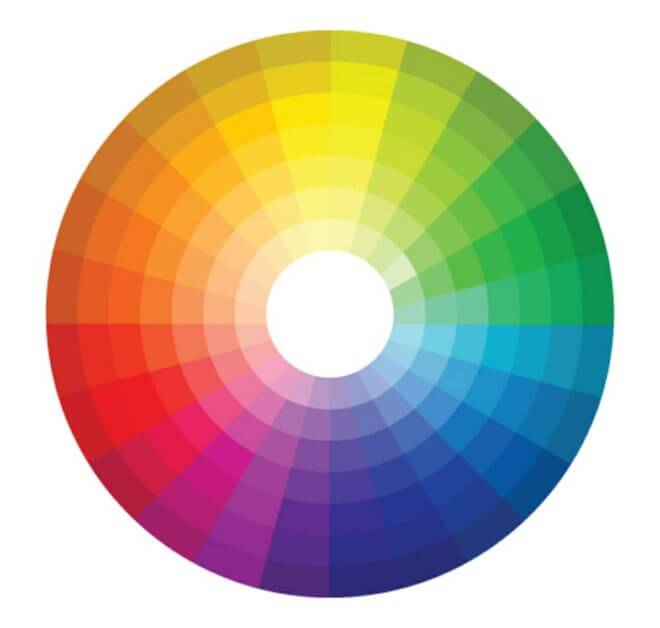
You can read much more about color theory in other articles or books. But, as someone who paradoxically writes instructional guides on various things, I can tell that when it comes to painting miniatures, you really don’t need to know any of the theory.

In fact, thinking about colors too much–dwelling on the idea that some color combos are “bad” or “good”–can hold you back from achieving your most satisfying work. More about this below.
How to Use Color Theory in Miniature Painting
If you’re trying to decide on a new paint scheme for your Warhammer army or other miniature collection, there are a few ways you can choose a color palette.
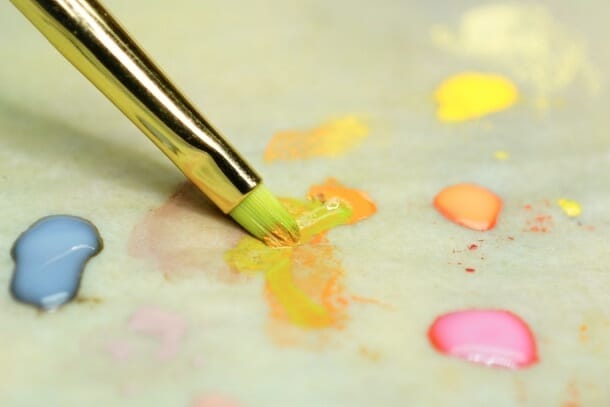
Color theory in this case is just a single approach among many. For example, other ways you can find the colors that work together for your miniature painting is to look to real-world examples, like historical paint schemes or the colors found in nature.
The key to painting with color is to understand your preferences, what you find beautiful and attractive about different looks, styles, and mimic that in your work.

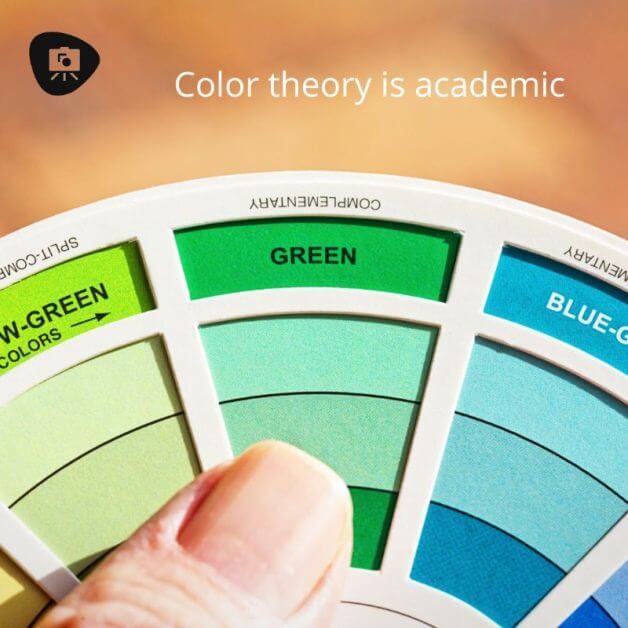
Achieving a Satisfying Paint Job
One of the main reasons I don’t recommend worrying too much about color theory is that it can hold you back from fully expressing your creative vision.
For example, let’s say you’re trying to come up with a color scheme for a new army of miniatures. You might find yourself limited by what you think “looks good” according to color theory.
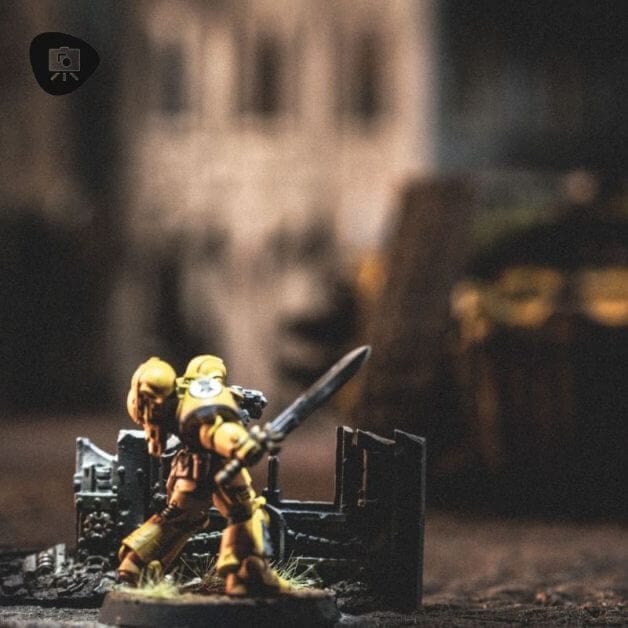
But, in reality, there are no right or wrong colors. The only thing that really matters is what you like and what makes you happy with the results.
Inside your brain, your mind’s eye, is a vision of what you love about seeing painted miniatures on the tabletop, display case, or even the box art from the model’s kit.
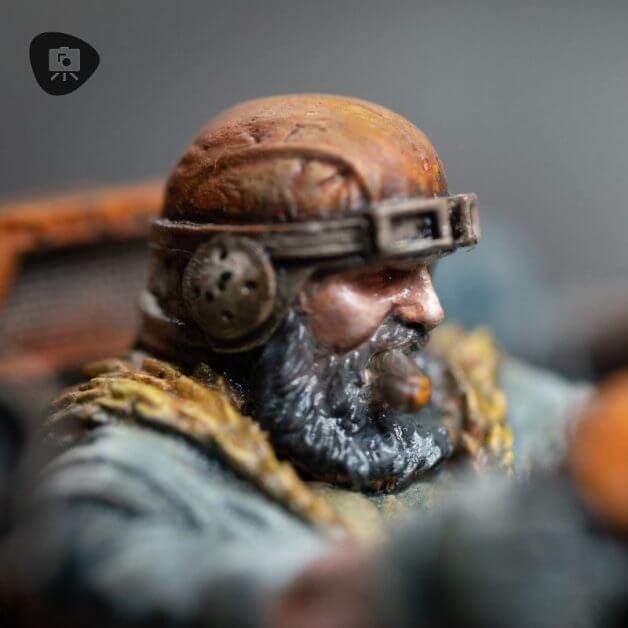
Work towards bringing that image to life, regardless of what color theory says. Hey, and if you need to copy someone else’s colors to get there; you know what? That’s okay, too!
As a miniature painter, you’re not bound by anyone else’s rules. You have creative license to do whatever you want. So, don’t be afraid to break the “rules” of color theory, if it means achieving a look that’s more satisfying for you.
Let Inspiration Be Your Guide
So, if color theory can be helpful in some ways, why am I saying that you don’t need it?
Well, there are a few reasons why color theory isn’t necessary:
- First, as I mentioned before, theory can hold you back from fully expressing your creative vision. If you’re too worried about following the “rules” of color theory, you might miss out on creating something that’s truly unique and special.
- Second, painting miniatures is all about creativity and having fun. So, if you find that color theory is stressing you out or making the process less enjoyable, then it’s probably not worth your time.
- Third, and perhaps most importantly, there are many other ways to choose colors that work together. So, if you’re struggling with color theory, don’t worry! Just look to other sources of inspiration.
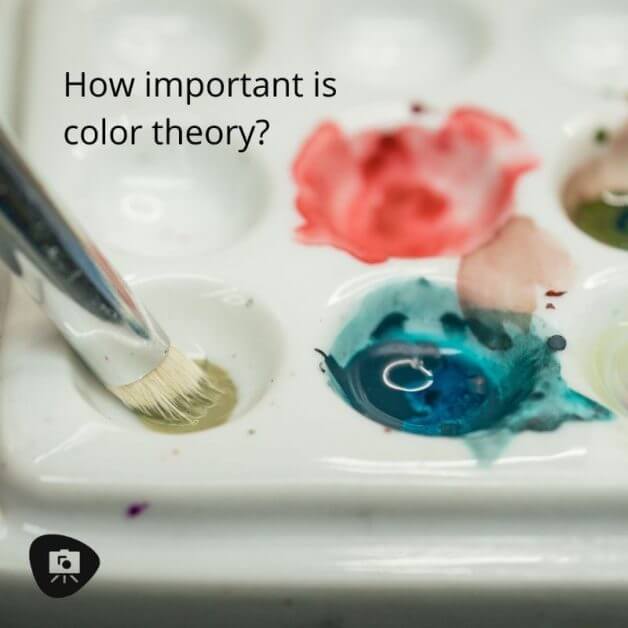
Inspiration is all around you. Just take a look at the world around you and find the colors that you love. Then, use those colors in your painting. As someone who enjoys taking photos when I travel or simply out and about on a walk somewhere, I often use those images as inspiration for new color schemes.
I also find a lot of inspiration from looking at other artists’ work, whether that’s other painters, illustrators, or even fashion designers.
Science needs art, because art has empathy
More Empathy
The important thing is to find what inspires you and use that to guide your color choices. If you’re really stuck, just remember that you can also find inspiration in nature, books, magazines, movies, TV shows, and more. Just about anything can be a source of inspiration for your miniature painting.
The bottom line is that you don’t need to worry about color theory. Just find what inspires you and let that be your guide.
What About “Painting Technique”?
Now, you might be thinking, “But wait! What about painting technique? Isn’t that important?”
And, this is certainly related to this idea that you are imprisoned within concepts, ideas , or “rules” that someone else has created.
The answer is that, yes, painting technique is important. But, it’s not nearly as important as you might think. In fact, I would argue that the vast majority of miniature painters out there don’t really know much about painting technique at all.
And, that’s perfectly fine!
Indeed, I have a popular guide about color blending techniques, but do you have to know them to create beautiful work? Nope!
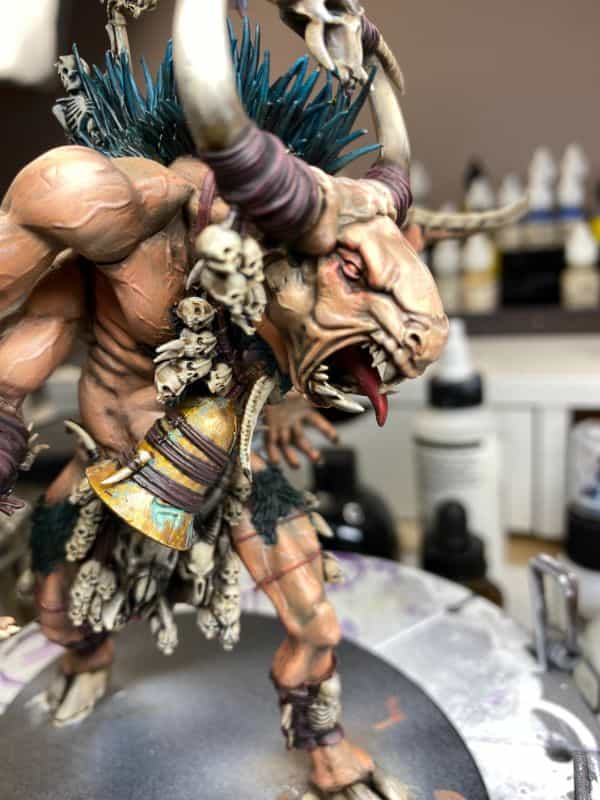
You see, the truth is that painting miniatures is more about creativity and having fun than it is about technique. So, don’t worry if you don’t know all the “proper” techniques. Just do what feels right for you and what makes you happy with the results.
Of course, there’s nothing wrong with learning more about painting technique. But, don’t feel like you need to know everything before you start painting. Just jump in and have fun!
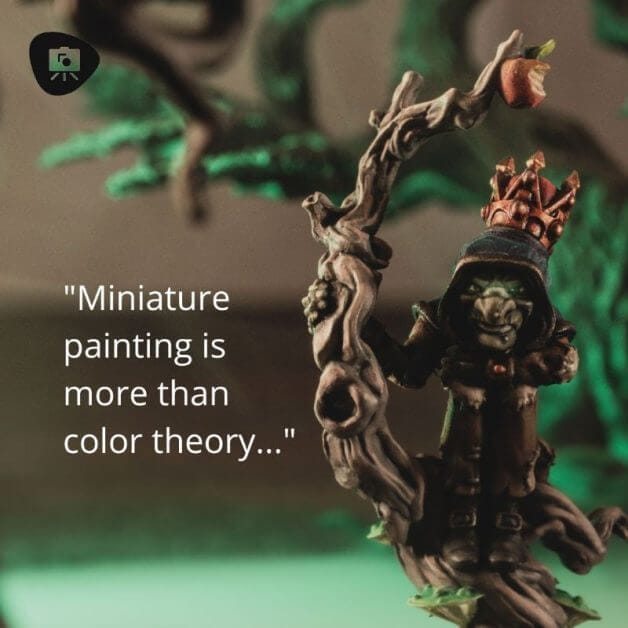
Oh, and I won’t get you bogged down about tools, brushes, and all that either. Certainly, all of these “things” are important. But, tools and such are just a means to an end. They’re not nearly as important as your creativity, imagination, and vision.
Summary
In the end, it’s up to you whether or not you want to worry about color theory or painting technique. Just remember that you don’t need to know everything before you start painting. Just find what inspires you and let that be your guide.
It’s what I do. I just dive in with an idea and try and make it all happen with whatever resources I have in front of me.
Did the long-forgotten cave dwellers have fancy things to guide their illustrations on underground rock and mineral? And, yet there they are; their creations still resonate with us to this day.
So, what’s my point? Just go out there and create something you’re proud of! That’s all that really matters in the end.
Questions? Comments? Leave a message below!
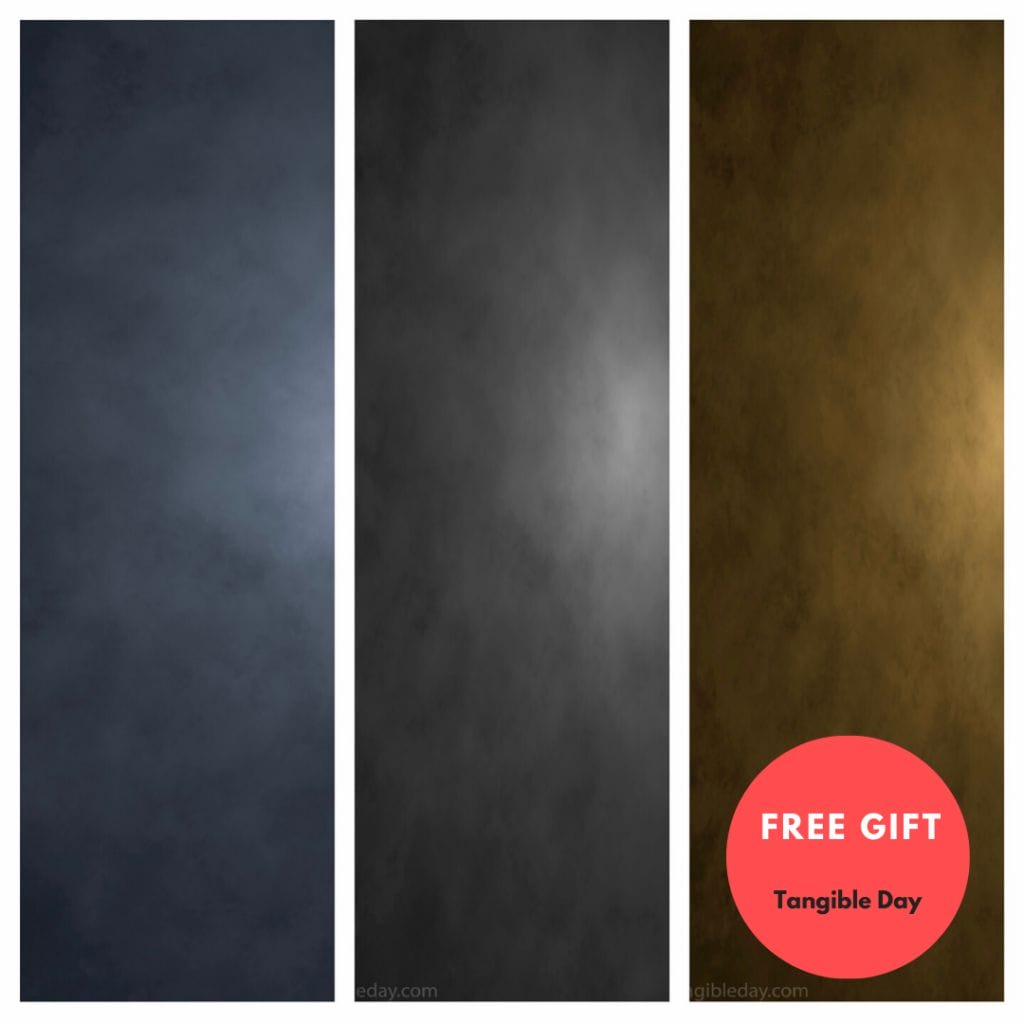
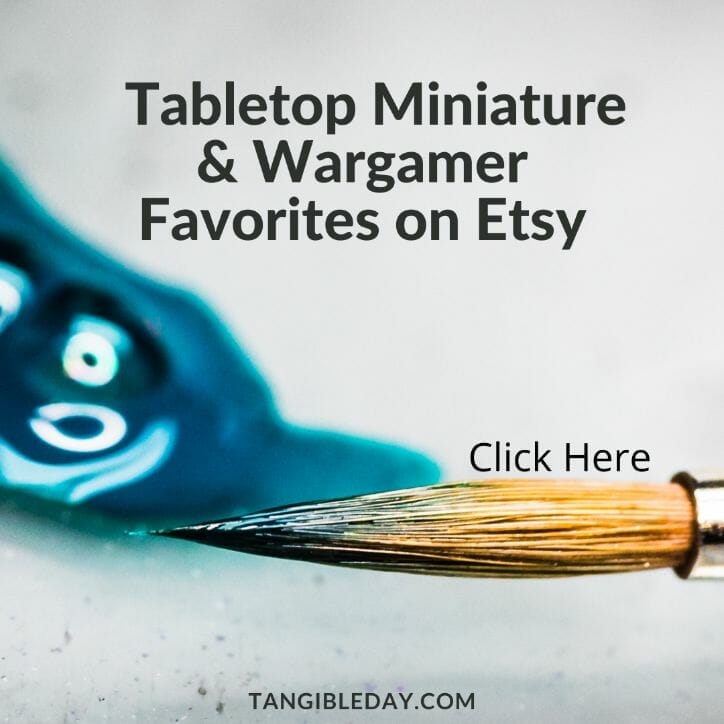


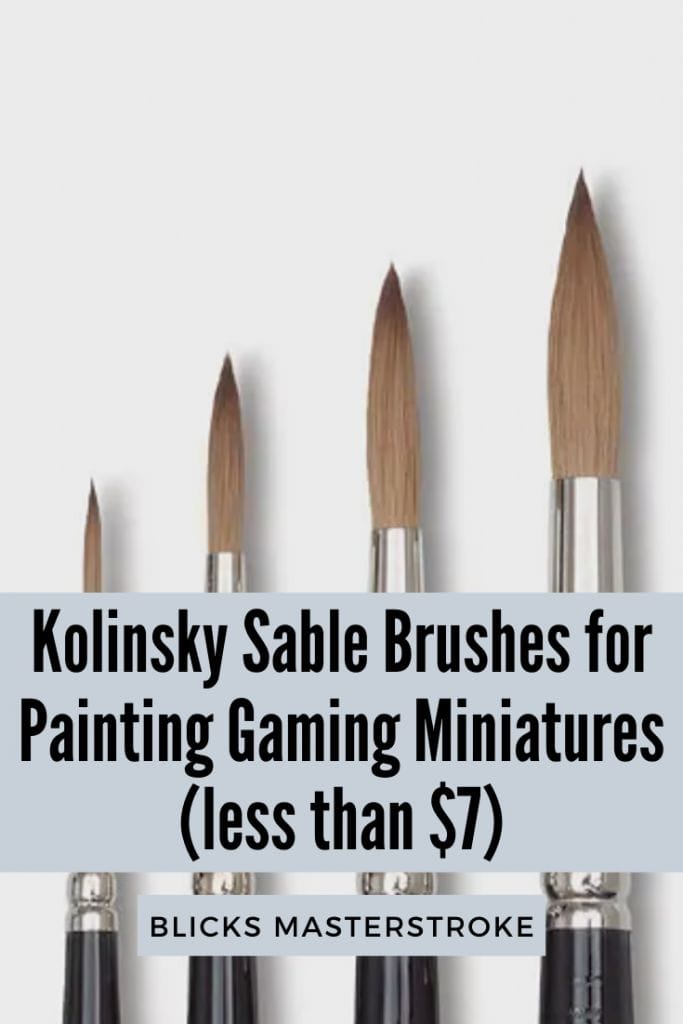
Tangible Day on YouTube (Miniatures and More!)

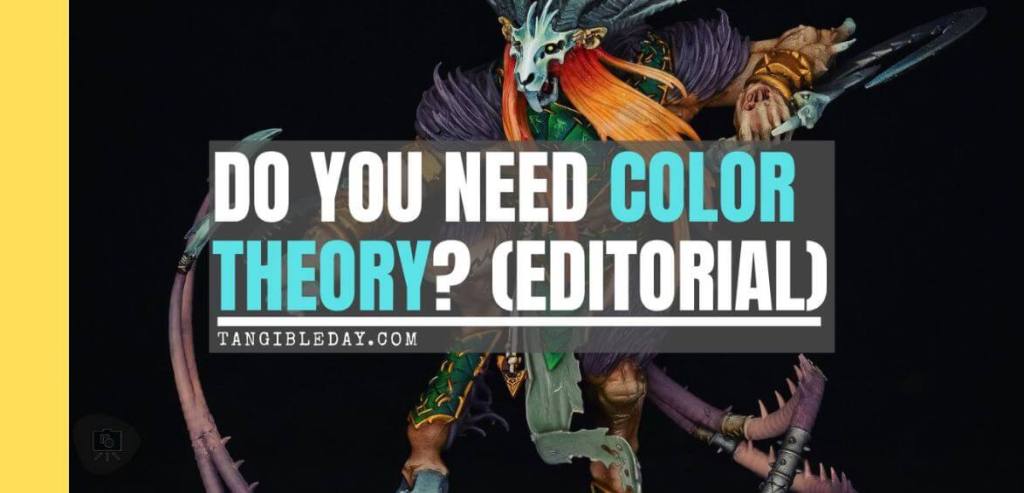
Brilliant post. Absolutely loved it. 😀 Very informative and useful!
Thanks! Wanted to write this for a while.